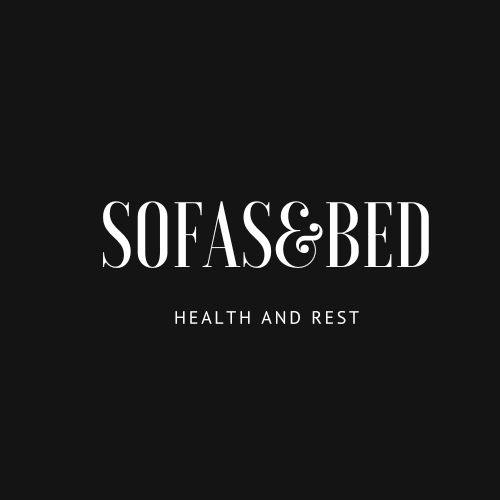Sleep Tracking: How to Use Data Without Becoming Obsessed
The Quantified Sleep Paradox
While 40% of Americans use sleep trackers, 28% develop orthosomnia – unhealthy preoccupation with perfect sleep data (Sleep Medicine Reviews).
Making Sense of Your Sleep Metrics
Heart Rate Variability: The Ultimate Biofeedback
HRV trends over 7 days reveal more about sleep quality than any single night’s sleep score.
Respiratory Rate Red Flags
Consistent nighttime breathing rates above 18 breaths/minute may indicate undiagnosed sleep issues.
5 Smart Tracking Habits
1. The 72-Hour Trend Rule
Only adjust behaviors based on patterns across 3 nights – single night data is too variable.
2. Device Placement Matters
Wearables on non-dominant wrist show 15% more accurate sleep staging than dominant wrist.
3. Correlation Before Causation
Use tracker data to identify connections (alcohol → restless sleep) not absolute truths.
4. The Monthly Data Review
Export monthly reports to spot macro trends without daily fixation on micro metrics.
5. Analog Sleep Journal Supplement
Combine tech data with handwritten notes about subjective feelings for balanced assessment.
When to Ignore Your Tracker
Signs You’re Over-Reliant on Data
The Placebo Effect of Bad Scores
How seeing “poor sleep” ratings actually makes people feel more tired regardless of actual rest.
